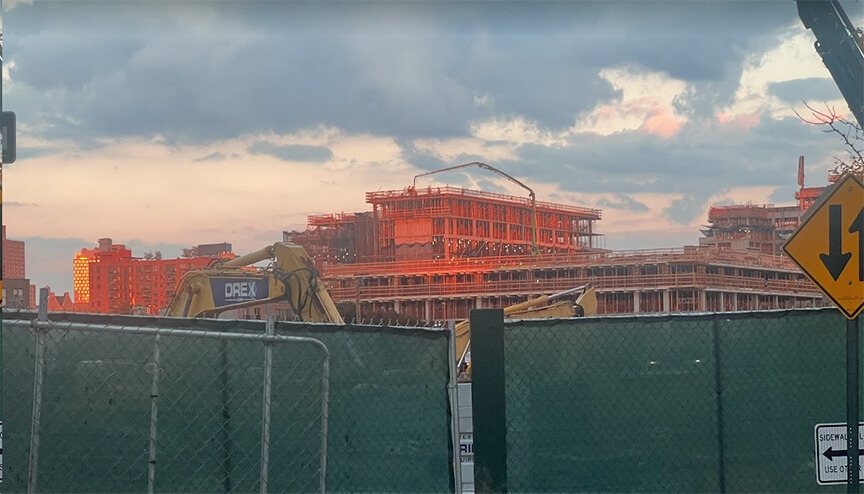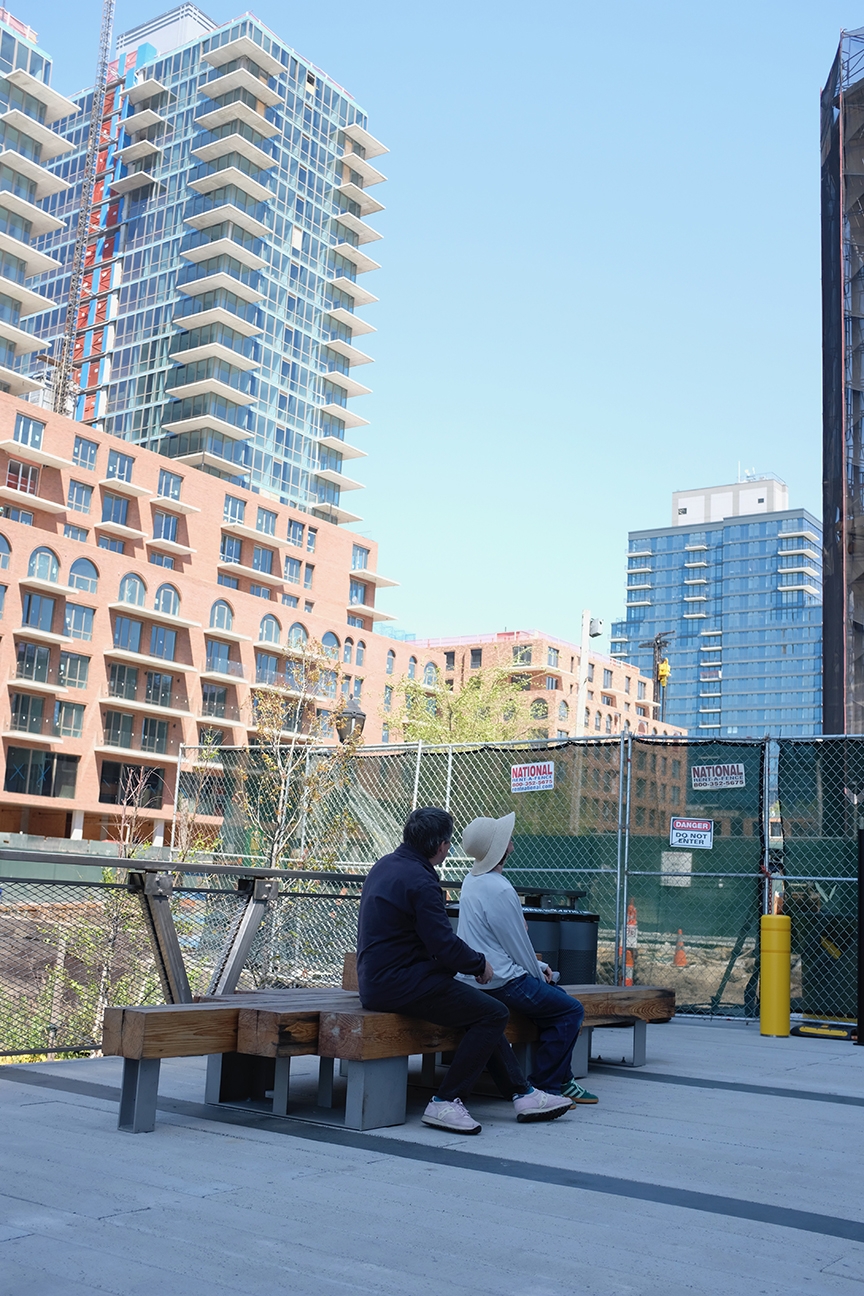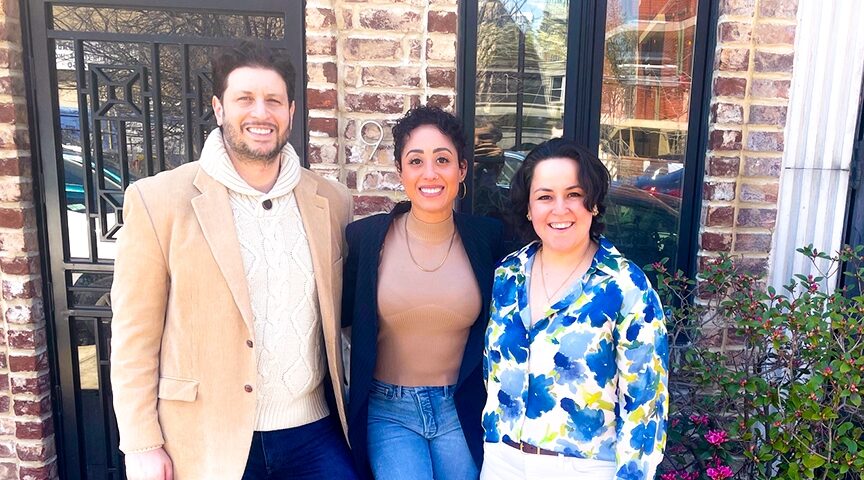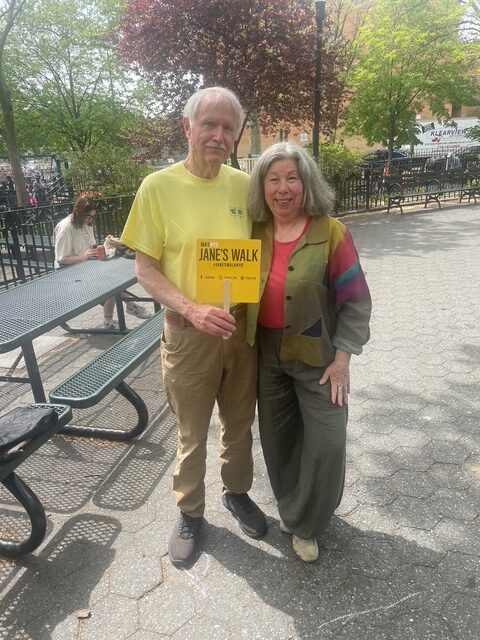Gowanus is a changing neighborhood. From once being an area with mostly light and heavy industries, the Gowanus Canal is now slowly becoming surrounded by residential and mixed-use buildings, a process which has significantly sped up since the rezoning of the area was approved in 2021.
But the changing scenery has not come without difficulties. In the past decade-and-a-half, environmental issues have become points of contention, including toxic indoor air, cleanup of the canal and, most recently, noxious odors.
At the heart of today’s conflicts in Gowanus is that the reshaping of the landscape is bringing the dirty history of Gowanus to the surface — both literally and figuratively. Throughout over a century-long history as a manufacturing hub, various industries have contaminated the soil and water of the neighborhood. Now, residents and small businesses are dealing with the consequences.
But the concerns are as diverse as the community, and what neighbors care about can drastically differ.
“My primary concern in Gowanus is shrinking manufacturing zones, the loss of jobs for the skilled trades and unskilled labor and loss of opportunities for marine transport,” said Dr. Hildegaard Link, a Civil engineer in private practice and professor at City University of New York’s Macaulay Honor’s College. Link is a member of the Gowanus Community Advisory Group (CAG) as well as Community Board 6 and is a long-time Gowanus advocate. She believes the rezoning and cleanup of the canal are pushing some maker businesses out, particularly those related to waterborne transport, like boat makers, welders and companies doing hardware repair.
“When you eliminate a light manufacturing zone you eliminate jobs, and you displace the population. The current vision of the Gowanus precludes those land uses, and it’s unfortunate because it really cuts a significant swath of the population out. Light manufacturing is actually a revenue boon for the City of New York. It creates good jobs for people who don’t want or can’t afford a college degree,” she argues.
According to Dr. Link, the environmental conservation focus of the canal cleanup preclude the use of the canal for small and medium scale marine transport. The drive for conservation effectively blocks opportunities for short sea shipping—the maritime equivalent of sprinter vans and takes away an important tool in the fight to decrease the number of trucks in the area—a growing concern in places like Gowanus and Red Hook.
“A significant challenge is bringing goods and services into the city and minimizing truck traffic. We want fewer trucks, and Gowanus could have functioned as a way to bring goods into South Brooklyn. But that’s not what we got. We have green space, residences and views, and we are reclaiming wetlands, and it’s an unfortunate tunnel vision on the part of conservationists.”
Not everyone shares Dr. Link’s views and may prioritize other parts of the redevelopment of Gowanus. Therefore, she explained, the involved city, state, and federal agencies must be able to adjust to the community’s various needs and learn from what works.
She highlights a cleanup on the corner of Nevins Street and Sackett Street overseen by the New York State Department of Environmental Conservation. There, the agency has largely been able to keep noxious odors from escaping the site, in contrast to the CSO tank construction site at the top of the canal along Nevins Street where neighbors have complained for months about strong and harmful smells.
“We need to highlight the good work being done. If people are satisfied with how the DEC manages excavation, then let’s use that as a best management practice,” she said.
Discussions can sometimes get heated between residents concerned with the health of the community and the city, state, and federal agencies tasked with cleaning up the canal and the surrounding contaminated land. To an observer, it can sometimes feel like both sides are desperately trying to get the other side to listen and understand, but with little tangible movement on pressing issues. But it is a mistake to view emotions as the antithesis to progress in situations like this, noted Dr. Link.
What democracy looks like
“I’m not opposed to emphatically expressed opinions. I think it’s okay for people to say, ‘I’m really angry about this and you need to pay attention,’” she said. “This is what democracy looks like. People wouldn’t come to meetings if they weren’t angry, and the idea that we need to do this without having intense emotions — that is not likely to accomplish anything.”
Currently, the agency representatives attending the community meetings are scientists and lawyers. This can become a problem, Dr. Link explained, if they aren’t trained in community outreach. She remembers a conversation she had some years ago. She was trying to formulate a course of action that would protect public housing residents from green gentrification.
“I told my neighbor that when I ask people what they think about a given topic, I very rarely get an answer to the question I’m asking. People are angry and they talk about what they’re angry about. I rarely get a direct answer to my original question.” Her neighbor told her that people are angry and need to talk through the issues they are concerned about before they can answer the question. “I learned that what people are upset about is more important than my questions and that changed my approach to serving my community.” In the end, the most important thing is what residents are concerned about. Science is only valuable in service of the residents, she said.
“That’s why you need to have people who are trained in public advocacy. Because there is lots of stuff that people want you to know, and saying,’ You told me that already,’ and ‘I know that already,’ is not going to get you any closer to your answer,” Dr. Link said. “You’re going to have to sit there and listen, and you’re going to have to listen to everything people have to say until you get to the answer. The idea that people’s responses have to come linearly and on-demand is not consistent with human nature.”
Author
-

I’m a New York-based journalist from Sweden. I write about the environment, how climate change impacts us humans, and how we are responding.
View all posts
I’m a New York-based journalist from Sweden. I write about the environment, how climate change impacts us humans, and how we are responding.
Discover more from Red Hook Star-Revue
Subscribe to get the latest posts sent to your email.













